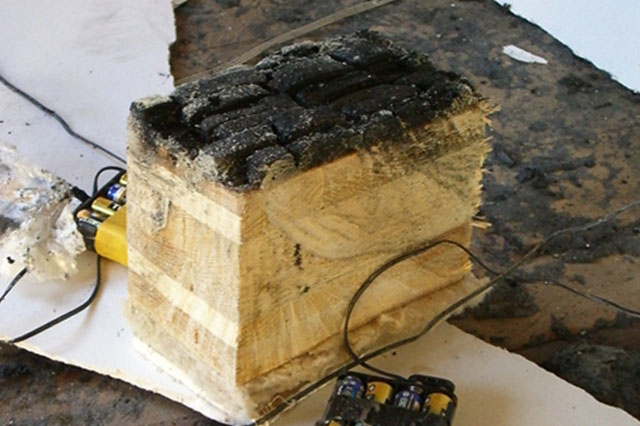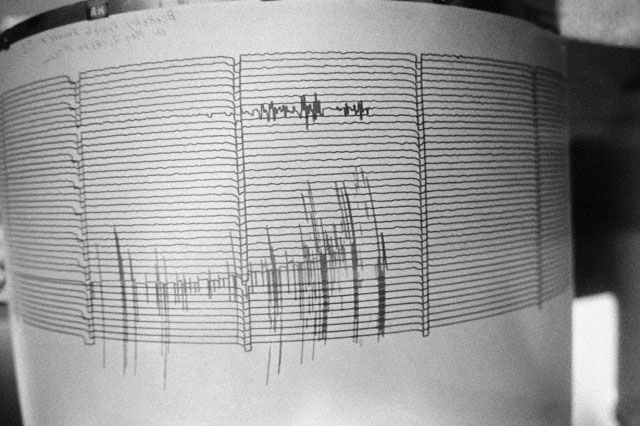Vantages of wood

ENVIRONMENTAL SUSTAINABILITY
It is wrongly believed that building from wood represents a damage for the environment, but this is not the case. Wood originates and grows naturally and precise protocols of felling and replanting respect nature and the environment. Wood does not need energy to be produced, unlike all the other materials used in construction industry.
Environmental sustainability is visible even in the building site where a reduced amount of wastes is produced with lower costs of disposal and a minor environmental impact.
DURABILITY
Building a wooden house is an investment for the future as the house value increases over time thanks to its durability. Keeping the right and natural breathability of this material increases its resistance to humidity and prevents moulds and moss formation. This prevention is achieved through desiccation of wood according to particular treatments which keep a 12-15% humidity value.

FIXED COSTS AND TIME
Our constructive method is based on preliminary design of each technical and architectural aspect of a building and this implies drawing up a precise work programme with relative costs and lead time. Costs evaluation is carried out in relation to structural characteristics and client’s requests, without making way to external events that may significantly vary the total quote. Building from wood allows us to manufacture most structures in our building site, while laying and assembly are carried out in the building yard. This aspect and the fact that wood, unlike cement, does not need time for drying and dismantling formwork panels, allow an important saving in construction time.
SEISMIC RESISTANCE
Anti seismic building tests have proved that wood is an ideal construction material in highly seismic areas thanks to its ductility, lightness and resistance properties: in fact, compared to reinforced concrete which is far heavier, wood can withstand mechanical stresses without developing structural damages which are directly proportional to the mass and weight of a building.

FIRE RESISTANCE
Wood is a combustible material, but a wooden building is safer than a traditional one in case of fire. Wood has a reduced capacity to transfer heat and fire causes the carbonization of its surface making it burn slowly in a controlled way and allowing safe interventions in case of need. The carbonization of its surface shields its interior structure and forms a protective layer which slows down the fire burning rate, acting as an insulator and preserving the building stability. A timber house does not collapse (combustion at 300° C), on the contrary, it keeps its structure intact for a long time, unlike concrete and steel buildings (collapse risk at 200° C).
ENERGY SAVING
A timber house has the capacity to retain and release heat in a balanced way through the use of X-LAM walls together with an external wall insulation system, so that it is possible to get an energy saving ranging from 15% to 40% compared to a masonry building.


